The Mahabharata is one of the greatest epics in Indian literature and an essential part of Hindu mythology. It is a vast and complex narrative, and here are 200 facts about the Mahabharata, its characters, storylines, and teachings:
Alright, let’s talk about The Mahabharata—a 5,000-year-old epic that’s basically ancient India’s answer to Game of Thrones, The Avengers, and a full-blown philosophical TED Talk… all rolled into one. It’s got everything—royal drama, epic battles, cheating, loyalty, betrayal, cosmic weapons, and some serious karma coming back around to bite people.
Now, if you’ve ever tried reading the whole thing, you know it’s long—like, really long. We’re talking over 100,000 verses. But don’t worry, I’ve got your back. Let’s take a ride through this crazy rollercoaster of a story, minus the complicated Sanskrit and with a whole lot more fun.
So, What Is the Mahabharata?
The Mahabharata is an epic Sanskrit poem, attributed to the sage Vyasa, and it’s considered one of the two major epics of ancient India (the other being the Ramayana). It’s not just a story—it’s a saga. Part mythology, part philosophy, part war tale, and part spiritual guide.
At its heart, it’s about a war between two branches of the same royal family—the Pandavas and the Kauravas. But trust me, it’s not just a “good vs. evil” thing. Everyone’s complicated. Everyone’s messed up in their own way. That’s what makes it so real.
The Main Players (AKA, The Drama Squad)
The Pandavas (the “heroes”—sort of):
- Yudhishthira – The eldest, big on dharma and honesty (but not so great at gambling, as we’ll see).
- Bhima – The strong one. Loves food. Smashes stuff.
- Arjuna – The warrior prince, favorite student of Dronacharya, best archer in town, and Krishna’s BFF.
- Nakula & Sahadeva – Twin brothers. Super handsome. Not much screen time, but loyal and wise.
Oh, and all five brothers are technically married to the same woman—Draupadi. Yeah, ancient polyandry alert.
The Kauravas (the “villains”—again, kind of):
Led by Duryodhana, who’s basically got a massive ego, a major inferiority complex, and a weird obsession with power. There are 100 brothers in this crew (not kidding), all born from a magic pot. Duryodhana’s right-hand man? His evil uncle Shakuni, the mastermind of shady plots.
The Origin of the Beef
It all starts with jealousy. The Pandavas are popular, skilled, and beloved by the people. Duryodhana? Not so much. So he’s like, “Why do these guys get all the glory? Let’s screw them over.”
What follows is a series of political schemes, attempted assassinations, a rigged game of dice (where Yudhishthira loses everything—including Draupadi), and finally a humiliating moment where Draupadi is dragged into a royal court and nearly disrobed. Thankfully, Krishna steps in and saves her dignity by turning her sari into an infinite roll.
But that moment seals the deal. The Pandavas go into exile for 13 years. And when they come back? They want their kingdom back. Duryodhana says, “Nope.” So… WAR.
The Big Battle: Kurukshetra
Now this isn’t your average scuffle. This is an epic war that lasts 18 days and involves kings, gods, demigods, magical weapons, and armies the size of continents.
But before the war even begins, we get one of the most iconic scenes in Indian philosophy: The Bhagavad Gita.
The Bhagavad Gita: Life Lessons from a Chariot
On the battlefield, Arjuna suddenly freaks out. He sees his family and teachers on the other side and says, “I can’t do this. I don’t want to kill my people.”
Enter Krishna, who’s not just Arjuna’s charioteer but also an avatar of Vishnu. Krishna gives Arjuna a full-on spiritual crash course about duty, detachment, the nature of the soul, and the importance of following one’s dharma.
Key takeaway? “Do your duty, but don’t be attached to the results.” (Basically, just do your thing and let the universe handle the outcome.)
War Gets Ugly (Like, Really Ugly)
Kurukshetra is no clean fight. There’s deception, cheating, and emotional breakdowns on both sides. Some highlights:
- Bhishma, the grand old warrior who can’t die until he wants to, gets brought down after Arjuna uses Shikhandi (a warrior Bhishma refuses to fight) as a human shield.
- Dronacharya, the great teacher, is tricked into laying down arms after hearing (falsely) that his son has died.
- Karna, the tragic hero with a golden heart (and actual armor), dies after a series of super unlucky events—including forgetting his mantras and getting stuck in mud.
By the 18th day, almost everyone is dead. Pandavas win, technically. But it doesn’t feel like a win. Too much blood. Too much loss.
Let’s Talk About Karna for a Sec
You can’t skip Karna. Born to Kunti (the Pandava mother) before her marriage, he was abandoned and raised by a charioteer. Loyal to Duryodhana, he’s the classic “wrong side of history” guy. He’s brave, generous, skilled, and cursed with terrible luck. He finds out he’s the eldest Pandava right before the battle. Talk about emotional damage.
Karna’s story is proof that life isn’t always fair—and that being good doesn’t always mean you win.
Aftermath: Peace, Guilt, and The End
Yudhishthira becomes king, but he’s miserable. He didn’t want the throne at the cost of so many lives. The Pandavas rule wisely for years, then renounce the world and head for the Himalayas.
One by one, they fall. Only Yudhishthira makes it to the gates of heaven—accompanied by a dog (who turns out to be Dharma himself). Turns out, his final test was to stay loyal to a creature who had nothing to offer but companionship. And he passed.
What Makes the Mahabharata So Timeless?
It’s not just a war story. It’s a mirror to life. There are no perfect characters. Everyone makes mistakes. Everyone faces consequences. It’s got complex morals, blurred lines between right and wrong, and deep philosophical truths.
You’ve got:
- Duty vs. emotion
- Fate vs. free will
- Loyalty vs. justice
- Family vs. righteousness
And through it all, you’ve got Krishna constantly reminding everyone that life is temporary, the soul is eternal, and actions matter more than outcomes.
Mahabharata in Pop Culture
From comic books to Netflix series, animated movies to meme culture, the Mahabharata continues to inspire. People debate over who was right and wrong to this day. Was Draupadi too bold? Was Duryodhana misunderstood? Was Yudhishthira really “righteous”?
Honestly? That’s the beauty of it. The Mahabharata isn’t here to give you black-and-white answers. It wants you to think.
Final Thoughts
The Mahabharata is more than just a book—it’s an epic that reflects the chaos and complexity of human life. It tells you that heroes can have flaws, villains can have honor, and sometimes, doing the right thing comes at a huge cost.
So next time you’re stuck in a moral dilemma or wondering what’s fair in life—remember, even the gods didn’t have it figured out. But they sure left behind one heck of a story to help us try.

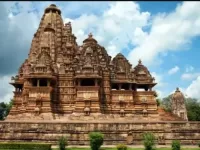











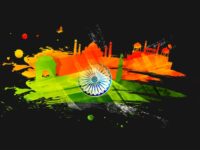
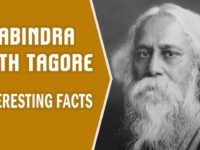






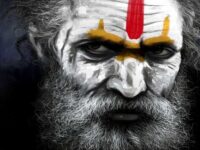







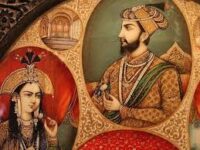
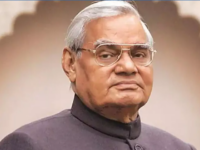


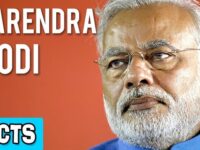






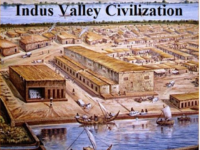











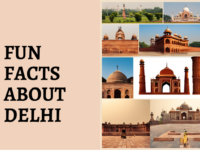



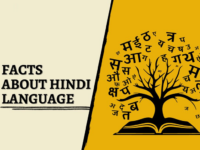




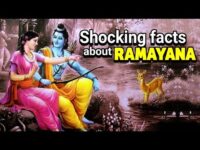





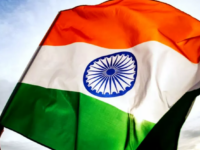


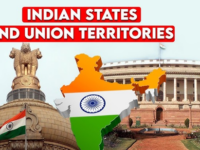









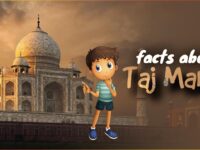




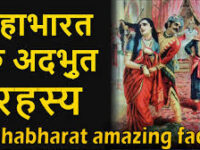
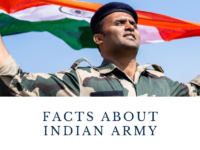
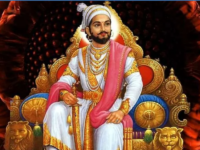
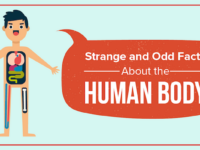





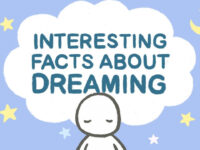




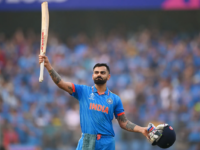


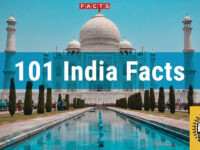

0 Comments